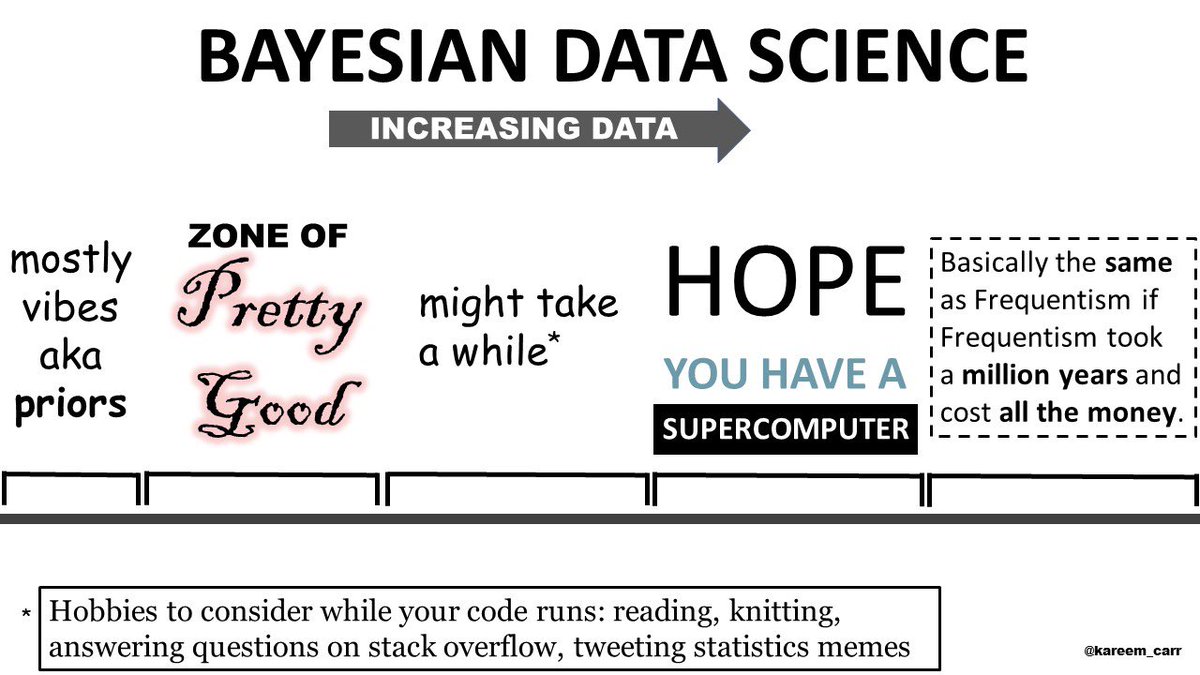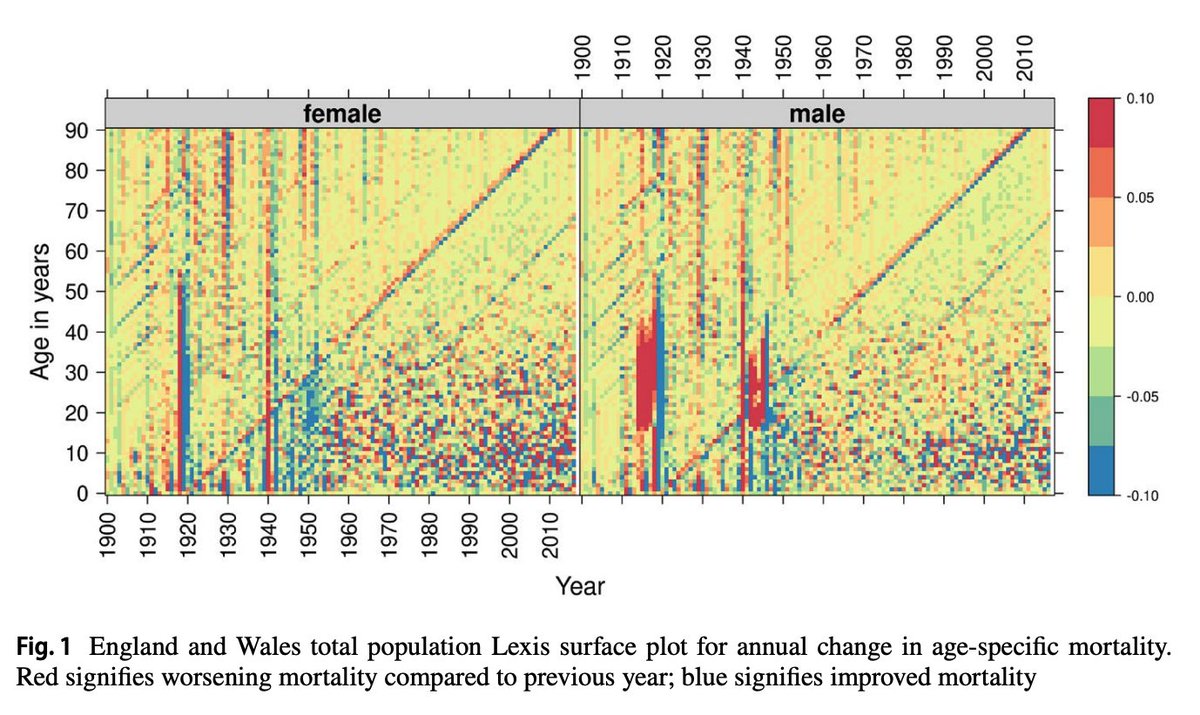
Cody Ross
@mindismoving
Anthropology, Bayes, @MPI_EVA_Leipzig.
ID: 2956808113
03-01-2015 04:03:56
167 Tweet
371 Followers
521 Following



This paper is the culmination of years of rigorous ideas and thought with @DamienFarine and Meg Crofoot, and is my favorite piece I have worked on to date (and my 1st PhD chapter!). Let's make the field of collective behavior a more predictive science using classical theories!
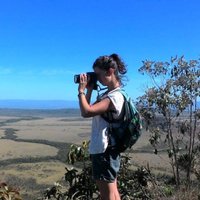
I’m very excited to announce that my FIRST first author paper is now out on EHS Evolutionary Human Sciences #OpenAccess doi.org/10.1017/ehs.20…
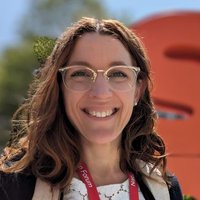

Our new medicine laureate Svante Pääbo made a splash when his colleagues at MPI-EVA Leipzig threw him into a pond. Normally throwing a colleague into the pond happens when somebody receives a PhD, and they wanted to do it for Pääbo's #NobelPrize as well. Video: Benjamin Vernot




How do people come together to solve complex problems? In a new paper with Paul Smaldino, Alejandro Pérez Velilla, and Mikkel Werling, we propose that one general principle for complex problem-solving is the maintenance of "transient diversity." journals.sagepub.com/doi/full/10.11…
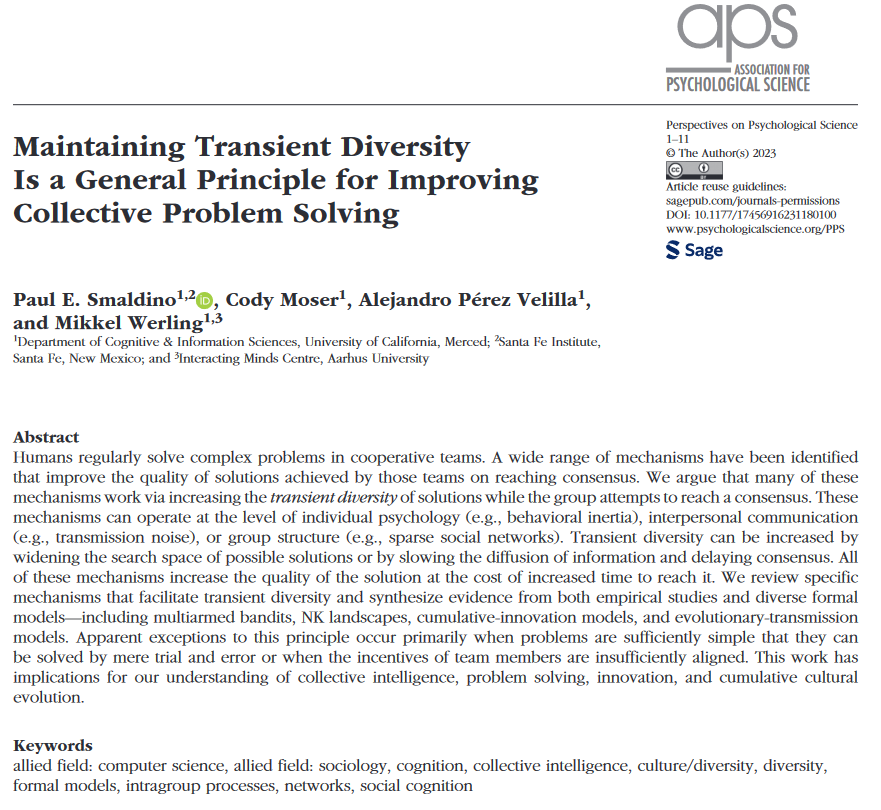





So proud to see the hard work of Riana Minocher come out in PNAS pnas.org/doi/10.1073/pn… Nuanced analysis of 20 years of longitudinal data in a large rural community shows little evidence that non-nuclear family structures lead to reduced growth, education, or survival outcomes.


